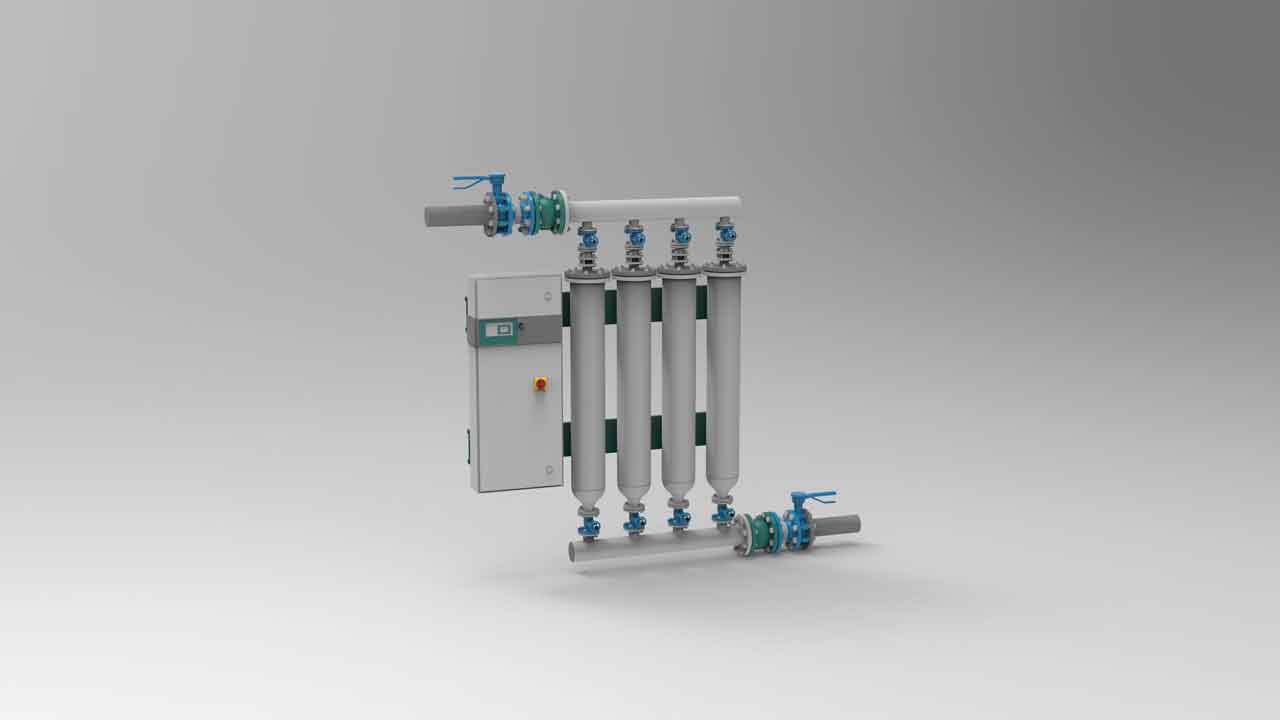
The rapid increase in urban population over the past few decades has led to a growing demand for housing in cities. To address issues such as urban aesthetics, limited space, land use efficiency, environmental concerns, and transportation, the concept of the “compact city” has been proposed as a suitable urban development approach in both developed and developing countries. As a result, high-rise buildings have become a common feature of urban development, both in our country and globally. In recent years, there has been significant growth in high-rise construction across most cities, especially metropolises.
Designers and builders face a significant challenge in meeting the water needs of high-rise buildings while adhering to building standards. This challenge is universal, as it involves providing adequate water pressure for residents and critical situations across all floors. However, the use of smart booster pumps in developed countries has effectively resolved this issue. In our country as well, these pumps have proven to be a solution to problems such as pressure inconsistencies between floors, disruptive noises in lower floors, low efficiency, excessive energy consumption, space requirements during installation, and increased operational costs for users.
In light of these considerations, Ettesal Mechanic Company has utilized the latest global technology and practical experience to successfully produce pumping station packages using floating pumps. Building upon this success, the company has decided to produce these packages on a smaller scale for residential houses, apartments, and towers. The aim is to provide the necessary water pressure in these settings while solving many of the challenges typically encountered with traditional booster pumps in the construction industry.
The design of a package system is determined by considering the maximum head and flowrate. For instance, when aiming to fulfill the water consumption requirements of an apartment network, the package is designed to ensure that if all consumers in the system’s coverage area simultaneously demand water, the package delivers the necessary water supply to subscribers at the appropriate pressure (typically defined as 3-4 bars).
Residential and office complexes
Welfare complexes
Fountains
Pools
Sports complexes
Parks
Private complexes
Excessive load in electric motors
Unusual voltage drops in main power lines
Abnormal pressure drops in thrust pipes
Abnormal water levels in ponds, tanks, or suction pipes
Controlling the flow of engine cooling water or pumps
Abnormal sounds during engine or pump operation
Preventing pumps from running dry and experiencing cavitation
Adapting work capacities based on project requirements
Controlling energy consumption during different times of the day and night
Monitoring and adjusting the volume of pumped water on an hourly and daily basis
Managing and regulating pressure levels
Detecting and addressing connection leakage issues
Implementing scheduled alarm systems
Generating output files in various formats
Storing information in standard database formats